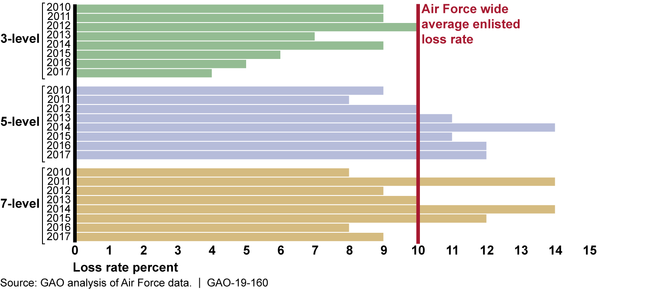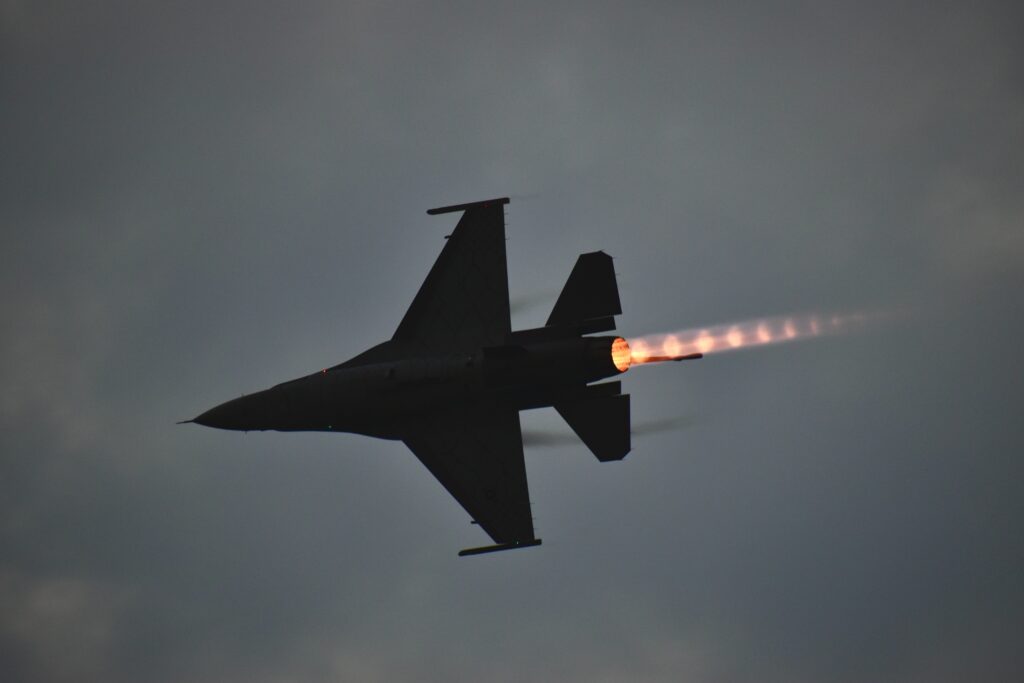Using AI to Increase Aircraft Readiness and Upskill Maintainers
SparkCognition Government Systems | September 19, 2022
By Chad Swiatecki
For most of the past decade, the Air Force’s chronic difficulties attracting and retaining badly needed maintenance personnel has been one of its most impactful and significant problems. With the AI technology capabilities available from SGS Digital Maintenance Advisor (DMA), the learning curve has been greatly flattened to help bring new maintainers up to speed.
Because of the importance of properly trained maintainers and their work to keep aging fleets of aircraft up and flying through missions in Afghanistan and beyond, the cracks started to show beginning in the mid-2000s when budget sequestration led to a slowdown in enlistments who could be trained as the next generation of skilled maintenance specialists. By 2017 the shortage grew to around 4,000 positions in the Air Force alone, or roughly 6% of the total number needed to maximize readiness and overall fleet health.
Spending in recent years has allowed the Air Force to fill that gap. However, leadership is still grappling with how to handle a pronounced imbalance in novice versus experienced personnel who are needed to address advanced and mission-critical issues with quick turnaround times. By some estimates, in recent years, the Air Force had an actual surplus of 2,900 3-level maintainers who were fresh out of their initial training and needed years of experience before they could handle a full range of repair and maintenance duties on their own.
That imbalance arose because while new enlistments were dropping due to budget issues, maintainers who were 5-level and beyond began departing their positions due to demands caused by short staffing and a goal to have 80% of all F-16, F-22, and F-35 fighters ready to fly at any given moment.

The Government Accountability Office (GAO) framed the situation bluntly in a 2019 report: “Over the past 8 fiscal years, the Air Force has increasingly lost experienced aircraft maintainers, and it does not have goals and a strategy to help retain maintainers. While overall maintainer loss rates have remained generally stable, loss rates of 5-levels increased from 9% in fiscal year 2010 to 12% in fiscal years 2016 and 2017,” it read in part.
AI covers learning gaps, captures tribal knowledge
Even with new enlistments picking up in recent years, the GAO expects the Air Force to experience periodic staffing gaps among maintainers through the end of fiscal year 2023. The pressure will remain high for those newcomers trying to adapt and learn quickly while facing a shortage of veteran maintainers to mentor and help them.
SGS’s Digital Maintenance Advisor was built to remedy situations where highly trained maintainers are scarce, and repair steps may go overlooked, and/or fleet-level equipment discrepancies may be improperly diagnosed. By improving data capture and using unstructured data such as maintenance logs and publications, DMA closes the knowledge gap for young maintainers and helps them upskill quickly.
Speaking to Military Embedded Systems, Canipe said the array of possible actions and variables to consider during maintenance exercises can easily overwhelm inexperienced maintainers who often need to make a decision quickly.
“It comes down to speeding up human decision-making—whether the human in question is a maintainer at the depot level, a fighter pilot, or an (intelligence, surveillance, and reconnaissance) specialist analyzing data from an (unmanned aircraft systems) sensor. There are so many decisions that need to be made that can overwhelm the cognitive load of a human mind,” he said.
DMA addresses these problems by delivering:
- A comprehensive troubleshooting solution that operationalizes tribal knowledge and allows every maintainer to reduce the time to trace fault codes by using natural language processing-based algorithms to recommend the best corrective path
- Upskilling young, inexperienced maintainers through the digitization of tribal knowledge otherwise recorded in shop docs and notebooks to enable better training and skills
- Embedding of AI-enabled maintenance processes into existing workflows, allowing seamless user experiences for the maintainer while reducing software costs
- Improved inventory forecasting and reduction of unnecessary parts replacement
DMA provides the ability to level up aircraft readiness rapidly by balancing the demands of a complex and aging aircraft fleet and the persistent shortage of suitably experienced maintenance staff. And by delivering regular learning opportunities for young maintainers, DMA ensures that new maintainers will not only learn quickly but have the deep fleet-level intelligence needed to take the most effective corrective action steps every time.
